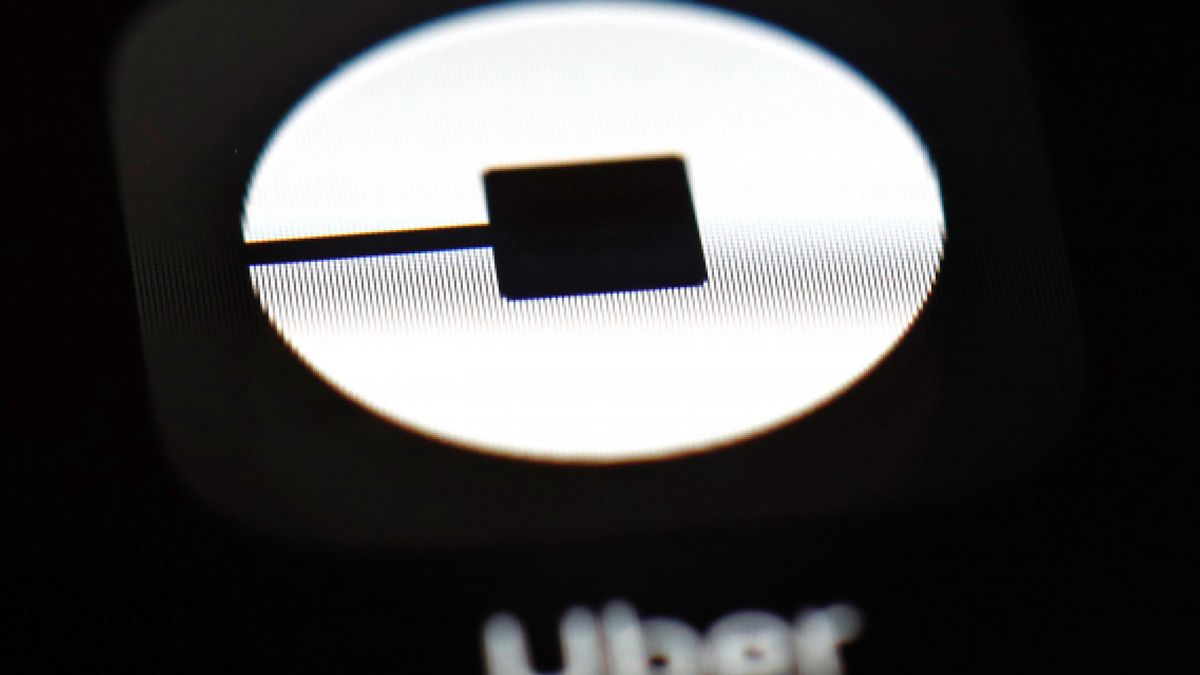
Uber has spent $2 million since 2015 to promote congestion pricing — and the investment paid off.
Officials at the app-based car service confirmed the expenditure Wednesday and said they were “proud” of their role in the controversial plan to charge motorists a fee for entering Manhattan below 61st Street.
“Over the past several years, we’ve been proud to work with a diverse coalition to fight for comprehensive congestion pricing, and we’re excited to see Albany take action to reduce congestion and invest in mass transit,” said Harry Hartfeld, an Uber spokesman.
Roughly $1 million went to some of the top city lobbyists, including Stu Loeser, a onetime senior aide to former Mayor Mike Bloomberg.
Another $700,000 went to fund the Fix Our Transit coalition’s ad campaign that targeted undecided Albany politicians.
The company also said it’s committed to spending $10 million to support congestion pricing nationwide.
Fewer cars on the road speeds up Uber rides — and motorists who give up their cars completely might end up as the company’s customers.
“Our riders use mass transit more than the average citizen, and mass-transit hubs are some of our most popular destinations, so we want to support plans that reduce congestion and invest in mass transit,” Hartfield said.
“Long term, we know that a combination of modes is the best path to giving up a personal car.”
Drivers interviewed by The Post on Wednesday said they believe Uber’s support for the congestion fee is mostly about company profits.
“Of course, they’re going to try to lobby for” congestion pricing, said Ilde Barraza, 32, of Queens Village.
“It’s better for them. It’s the opportunity to make more money.”
“Corporate America trying to make their money,” he added. “That’s how it goes, you know.”
Colleen Sullivan of Belmar, NJ, said from an “environmentalist” point of view, it’s disingenuous of Uber to lobby for congestion pricing when it’s business brings cars — along with greenhouse gas emissions — into the targeted zone.
“The spirit of [congestion pricing] is to get cars off the road, and Uber is a car on the road,” Sullivan said.
Cabs and for-hire vehicles have already been socked with a congestion surcharge for rides below 96th Street in Manhattan.
But it’s the passengers who currently pay the charge — $2.50 for taxis and $2.75 for on-call car services — not the car companies.
Motorists will have to wait until at least November 2020 to find out how much they’ll have to shell out to enter the congestion zone.
A six-member panel — with representatives appointed by suburban legislators, Mayor de Blasio and the MTA — is supposed to set the precise fee.
It would go into effect in January 2021 — after the November 2020 elections.